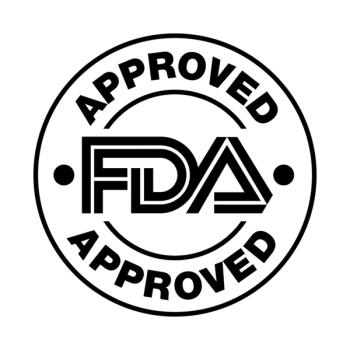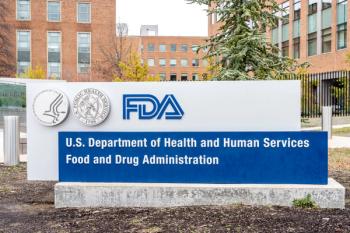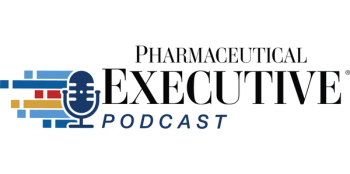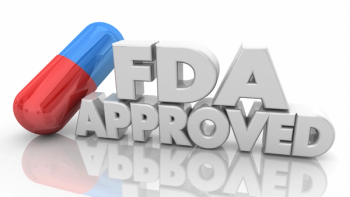
Rx Brand Managers: Will Your Products Be Covered Under Obamacare
We are now less than three weeks away from the initial sign up period for Obamacare. After October 1st, the reality of the program and all that it portends for the future of the US pharmaceutical industry will begin to make itself apparent
We are now less than three weeks away from the initial sign up period for Obamacare. After October 1st, the reality of the program and all that it portends for the future of the US pharmaceutical industry will begin to make itself apparent. One area that is of extreme concern to Rx brand managers across the country is, “Will my drug be covered under Obamacare?” The apparent answer to that important question is - it depends.
Why the vague response? To begin, let’s review the latest February 2013 HHS regulatory statements on
What does this mean? Well, following public outcries from patients after the initial December 16, 2011 EHB drug rule was issued, which suggested that only
It’s not clear at the moment.
So let’s piece together what we do know at this point and attempt to answer what we can about Obamacare drug coverage - three weeks before this program is supposed to begin signing up patients.
A recent 2012 Avalere Health
- Each state’s “benchmark” plan substantially exceeded the HHS EHB suggestion of one drug per therapeutic class. The numbers of drugs listed as available on the 50 state formularies
ranged from about 480 to nearly 1,110 .
- The differences in the state-to-state drug coverage were vast. So it is reasonable to assume drug formularies could also vary dramatically between the various state exchanges.
But the question remains: Will the states adopt the EHB “one drug per therapeutic class” approach, or the state’s “benchmark” approach? Currently,
Certainly the most interesting study I have found on the question of Obamacare drug pricing was published on July 11th, 2013 by insurance reviewer HealthPocket.com. While
Here are some highlights from the review:
- The study concurs with my earlier suggestion that understanding what individual drugs will be covered under Obamacare, and at what cost, “is vague.”
- However, HealthPocket.com did present publicly available information on those plans that could provide prescription drugs services under Obamacare.
The results of their survey are fascinating and may assist you in your search for answers on reimbursement of your product under Obamacare. Here are their findings:
First, HealthPocket.com examined publicly available rate filings for 2014 Obamacare Bronze Plans, Silver Plans, Gold Plans, and Platinum Plans to determine what copay consumers will pay for drugs.
Based on this review HealthPocket.com reported that, overall, as a consumer climbs up the Obamacare “metal” ladder (i.e., Bronze to Silver, etc.), the premium paid for health plan coverage is higher - but the corresponding drug formulary expands, and copays for drugs go down. This, of course, is not unusual in today’s insurance market. However, what is unusual is comparing the copays that current individual and family health plans are charging for service today versus what the EHB state “benchmark”s apparently will charge in 2014.
The report found that average out-of-pocket copayments, particularly for the “Bronze” & “Silver” healthcare drug programs, (those plans likely to be utilized by those with the lowest incomes, or young people who just want basic coverage) will go up, substantially. Consider these findings:
Generics
The average copay for a “generic” formulary product in today’s current health plan environment is $11.72. HealthPocket.com reports that the average copay for “generics” reviewed under Obamacare state exchanges will come in at $20.24 for “Bronze Plan” patients, an increase of 73% versus today’s copays; while the “Silver Plan” that requires higher premiums will drive the average copays down to $13.44. But this is still an increase of 15% over current copay charges for generics.
Preferred Brand
On the other hand, the average copay for a “preferred brand” product on formulary in the current health plan environment is $36.37. However, like the generics, HealthPocket.com reports that average copays for “preferred brands” reviewed under Obamacare state exchanges will come in higher at $58.47 for “Bronze Plan” patients, or a 61% increase versus today’s copays. Meanwhile, the higher “Silver Plan” premiums will drive the average drug copays down to $41.33, still an increase of 14% when compared to current plan copays for “preferred brand” products.
HealthPocket.com’s finding: “When compared to the current individual and family health insurance market, both the entry-level “Bronze” and the higher tier “Silver” “benchmark” plans will increase most out-of-pocket drug costs for consumers.”
So what does this tell us?
First, people who currently have drug insurance, and may choose to join, or be forced into Obamacare state exchange offerings, are going to pay more out of pocket for the same category of products, at least for generics and “preferred brands,” than they are today under their current plans.
Secondly, even with elevated copays, the absolute copay cost differentials between generics and “preferred brands” will continue to be as substantial as they are today. This suggests that when a consumer enrolled in either a “Bronze” or “Silver” plan must make a decision between a prescribed “preferred brand” product or a “generic” in the same therapeutic class, the person will likely opt for the lower priced generic product. So, even though you don’t currently know specifically that your product is on an Obamacare state exchange formulary, this economic reality is definitely not good news for brand name product managers.
Thirdly, HealthPocket.com’s study is silent on the fate of “non-preferred brand products”, that is, all the other drugs in a therapeutic class that are not “preferred.” This is because data on the “non-preferred brand products” was not available to the authors. Can we infer, perhaps, that this was so because few, if any “non-preferred brand products” were available to be evaluated on the current state “benchmark” formularies? Frankly, it would be hard to believe, especially when you look over the Rx summaries from the Avalere
However, per the February 2013 HHS rule, is it possible that states could decide to rework their current formularies, offering, say, one generic and one “preferred brand” per therapeutic class - and that would be it? Not realistic you say? Think about how many states are currently running huge deficits and what this new healthcare obligation is going to do to their future debt. Given my 25 years of experience with state Medicaid formularies, I would suggest an Rx solution like this is very realistic.
So, extrapolating these facts to the
A few obvious take-aways for drug product managers include:
- Tens of millions of patients, who do not currently have access to Rx care, will shortly have insurance assistance to obtain prescription drugs.
- Exactly what drugs will be reimbursed and available under Obamacare is still very unclear.
- As a product manager, it appears you will have to assess the “benchmark” plan in each of the 50 states to learn if your drug may be covered.
- Associated with this point is the fact that just because California’s exchange may decide your product is a “preferred brand” there is absolutely no guarantee that New York, Florida or any other state exchange will accord your product the same designation.
So will your prescription product be covered under Obamacare’s Rx scheme? As stated at the beginning of this review, it depends. My guess is that unless you have managed to negotiate a “preferred brand” status for your product with each of the state “benchmark” formularies, or found a way to have them accept a “branded generic” deal (think Lipitor) – your product will likely be relegated to the third-tier of their formularies. And long term, this is certainly not a good position to be in if your goal is to expand your product’s market share within the massive, new Obamacare patient population.
Tom Norton is principal at NHD Smart Communications. He can be reached at
Newsletter
Lead with insight with the Pharmaceutical Executive newsletter, featuring strategic analysis, leadership trends, and market intelligence for biopharma decision-makers.





